
CRA House位于墨西哥Estado deAvándaro的一个乡村乡村俱乐部内。与墨西哥的许多其他乡村俱乐部一样,乡村俱乐部建立了一般的设计标准,并着重建议使用特定的形式和材料。考虑到场地的山区特征,该法规推断需要通过建筑保留该地区的乡村特征。在大多数情况下,监管约束是真正的挑战,可以通过分析和设计解决。在这种情况下,房屋的设计证明了一种风格上的混合策略,其双重目的是赋予整体特征以连续性,同时以另一种方式表达房屋的不同空间和程序。
The CRA House is located within a residential country club in Avándaro, Estado de México. The country club, like many others in Mexico, establishes general design criteria and suggests, with emphasis, the use of specific forms and materials. Given the mountain character of the site, the regulation infers the need to preserve the rustic character of the place through architecture. In most cases, regulatory constraints are real challenges that are solved through analysis and design. In this case, the design of the house proves a stylistic hybridization strategy, with the double purpose of giving continuity to the character of the whole, while at the same time articulating, in an alternative way, the different spaces and the program of the house.
 |  |  |
整个房子不是垂直于通道,而是旋转,以寻求最佳的方向以及对高尔夫球场的最佳和最宽视野。通过旋转房屋的边界和围墙,它们可以与外部建立替代关系。而不是不可逾越的围栏,而是开辟了对角的景观空间,从而纠正了土地和房屋之间的常规边缘关系。相同的转弯允许始终相对于开放空间(包括花园和高尔夫球场)清晰地表达封闭和半封闭的空间。
Instead of being perpendicular to the access, the whole house rotates, looking to obtain the best orientations and the best and widest views towards the golf field. By rotating the limits and the perimeter walls of the house, they establish alternative relations towards the exterior; Instead of an impassable fence, diagonal landscaped spaces are opened, which correct the conventional edge relationship between the land and the house. The same turn, allows articulating the closed and semi-enclosed spaces, always in relation to the open space (both the garden and the golf course)
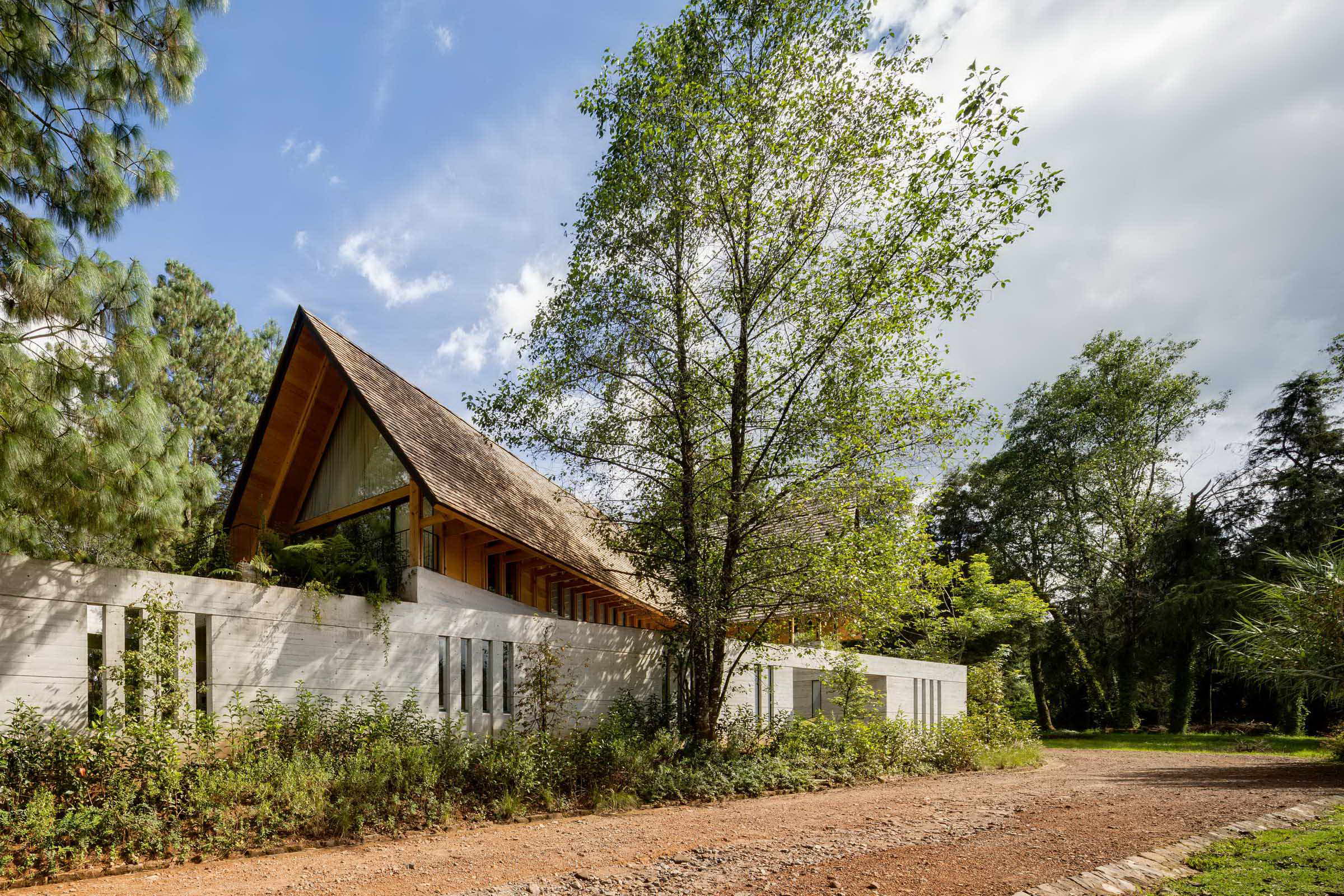
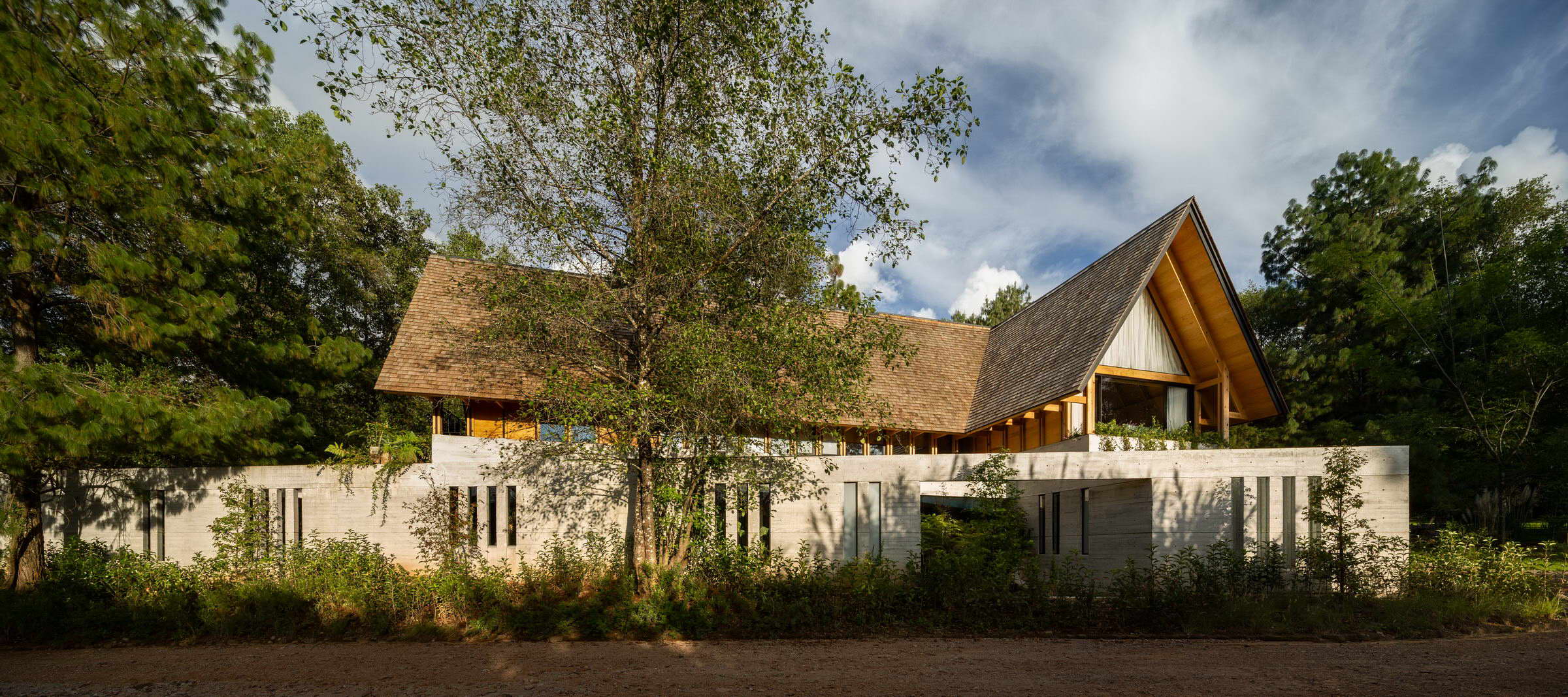


在上层,房间围绕中央空间布置,用于分配和收集太阳能(热量),并转换成观测平台,对森林的不同景致进行视觉拍摄。屋顶和木结构下的四个空间允许在每个房间中容纳整个家庭,充分利用宽高的空间和夹层家具。
On the upper floor, rooms are arranged around a central space for distribution and collection of solar energy (heat) and, converted into observation platforms, have visual shots towards the different views of the forest. The four spaces contained under the roof and wooden structure, allow accommodating an entire family in each of the rooms, taking advantage of the generous heights, with mezzanines.

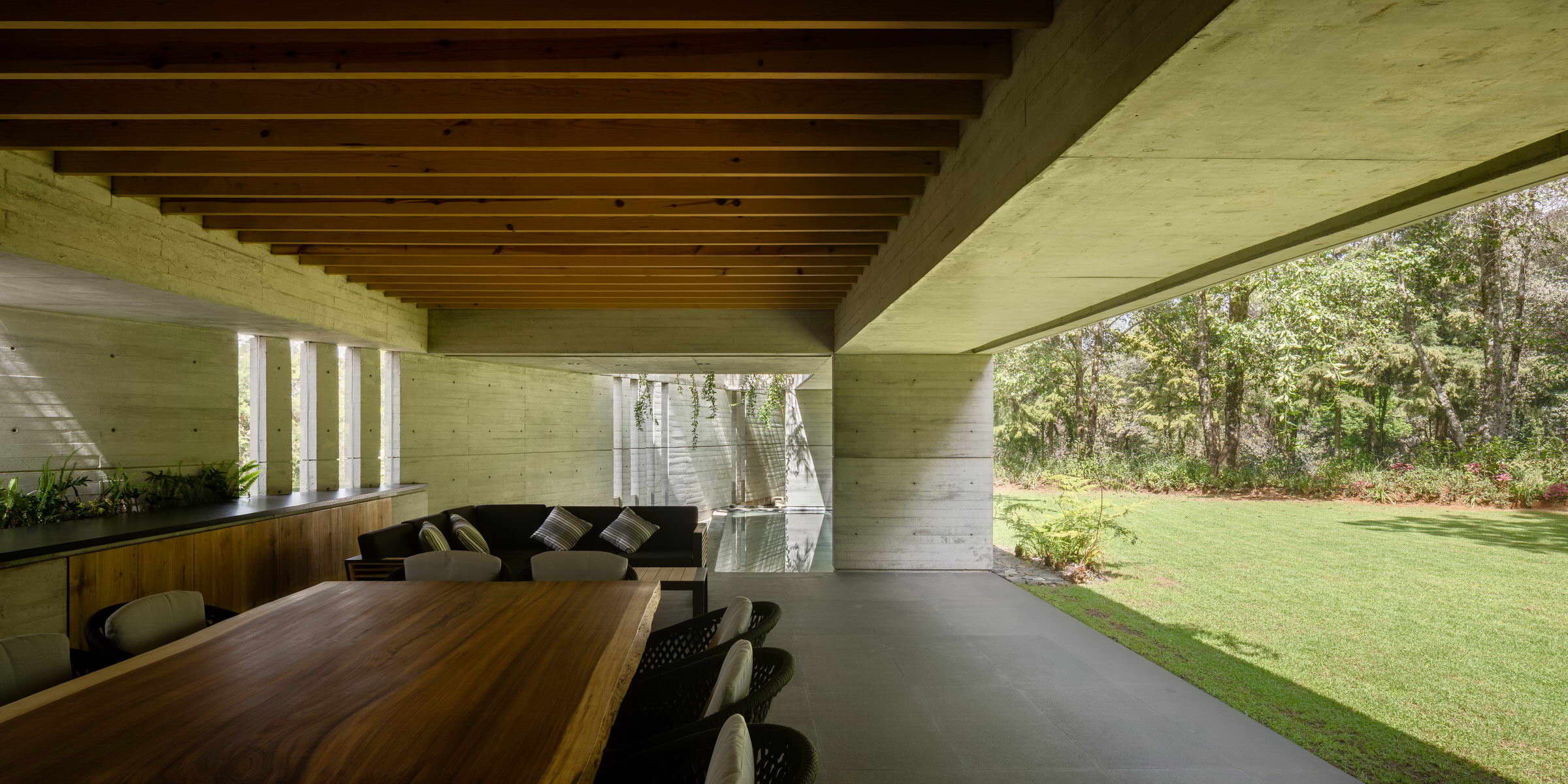
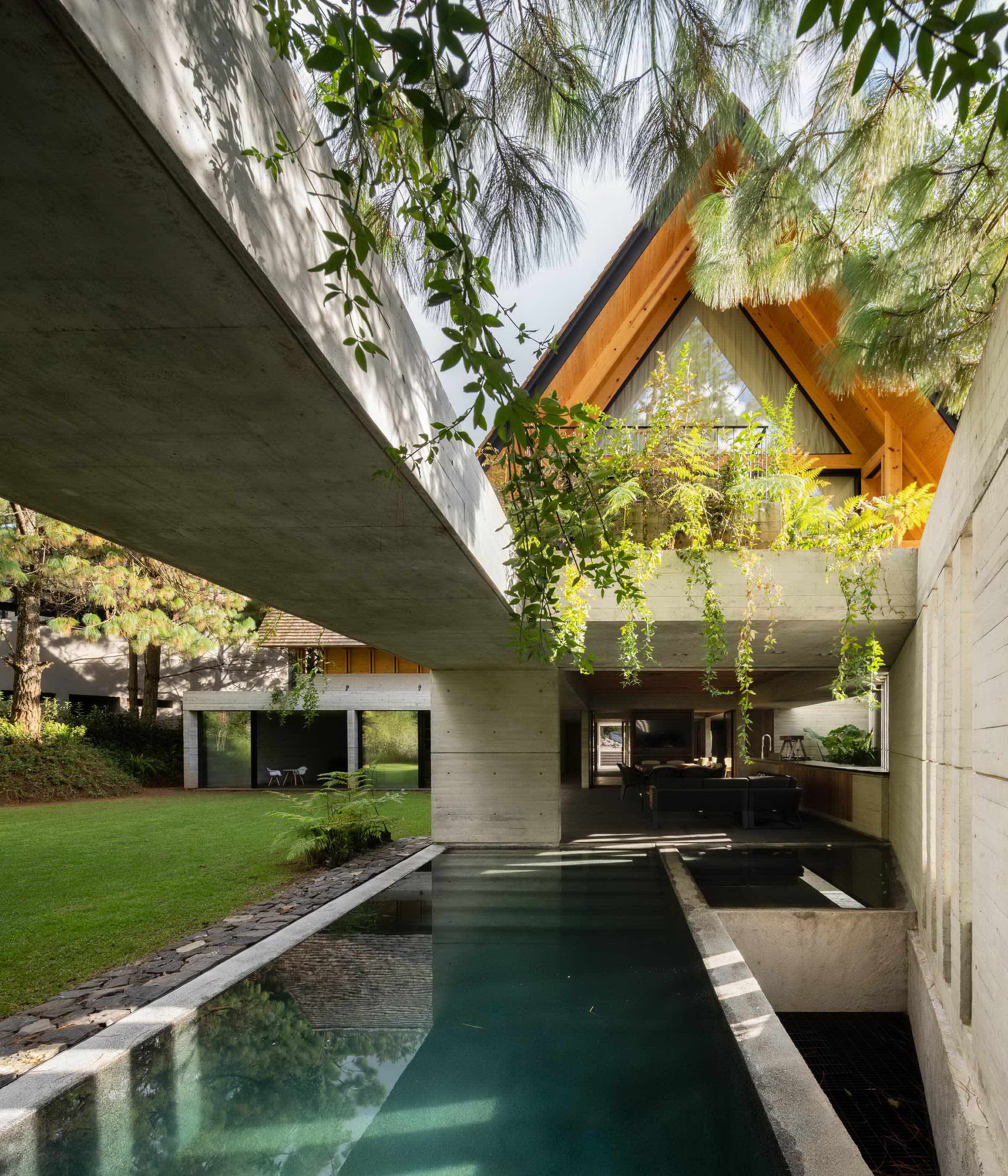
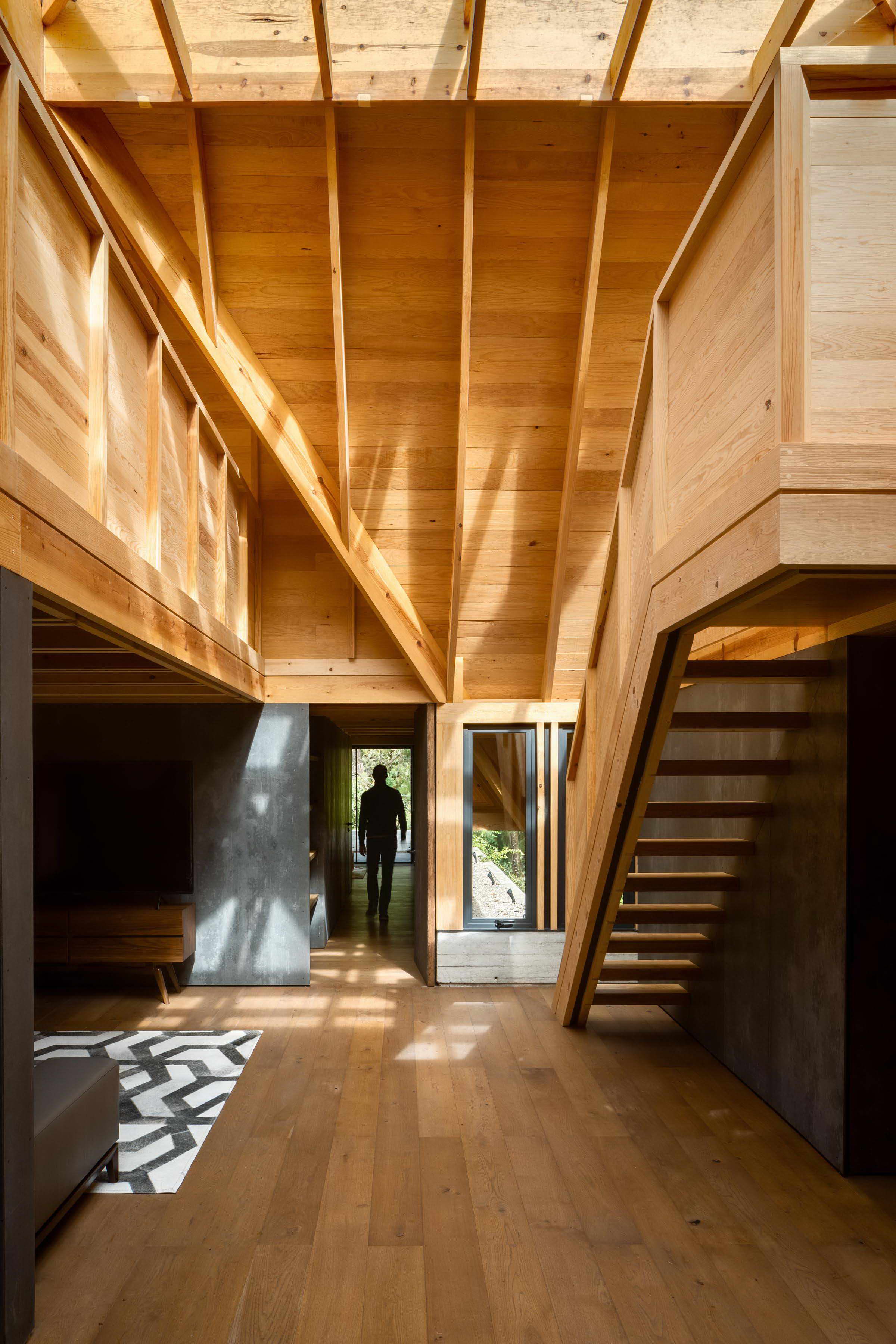 |  |
在任何时候,都应尊重周围,中间和遥远的景观;实际上,这栋房屋是对现有景观的致敬,并以最小的侵入方式触及了目标地块。这所房子树立了遵守法规的先例和替代方式,可以保护复杂和自然环境的建筑形象,与传统和当代建立智能的物质对话。该建筑系统重视当地工匠,工匠和方法,同时创造了国际范围的空间。通过观察和思考,可以实现建筑提供不同的空间,结构和形式上的结果,通过“照常”合理使用物质和人力资源,还可以获得综合的空间,形式和能源表现。
At all times the immediate, mediate and distant landscape were respected; In fact, the house is a homage to the existing landscape and touches the destined plot in the least invasive way possible. The house sets a precedent and an alternative way of complying with regulations, protecting the architectural image of the complex and the natural environment, establishing an intelligent material dialogue with tradition and contemporary times. The construction system values local artisans, craftsmen and methods while creating spaces of international scope. Through observation and thinking, constructions can be achieved that offer different spatial, structural and formal results, through the rational use of material and human resources "as usual", also achieving a comprehensive spatial, formal and energy performance.
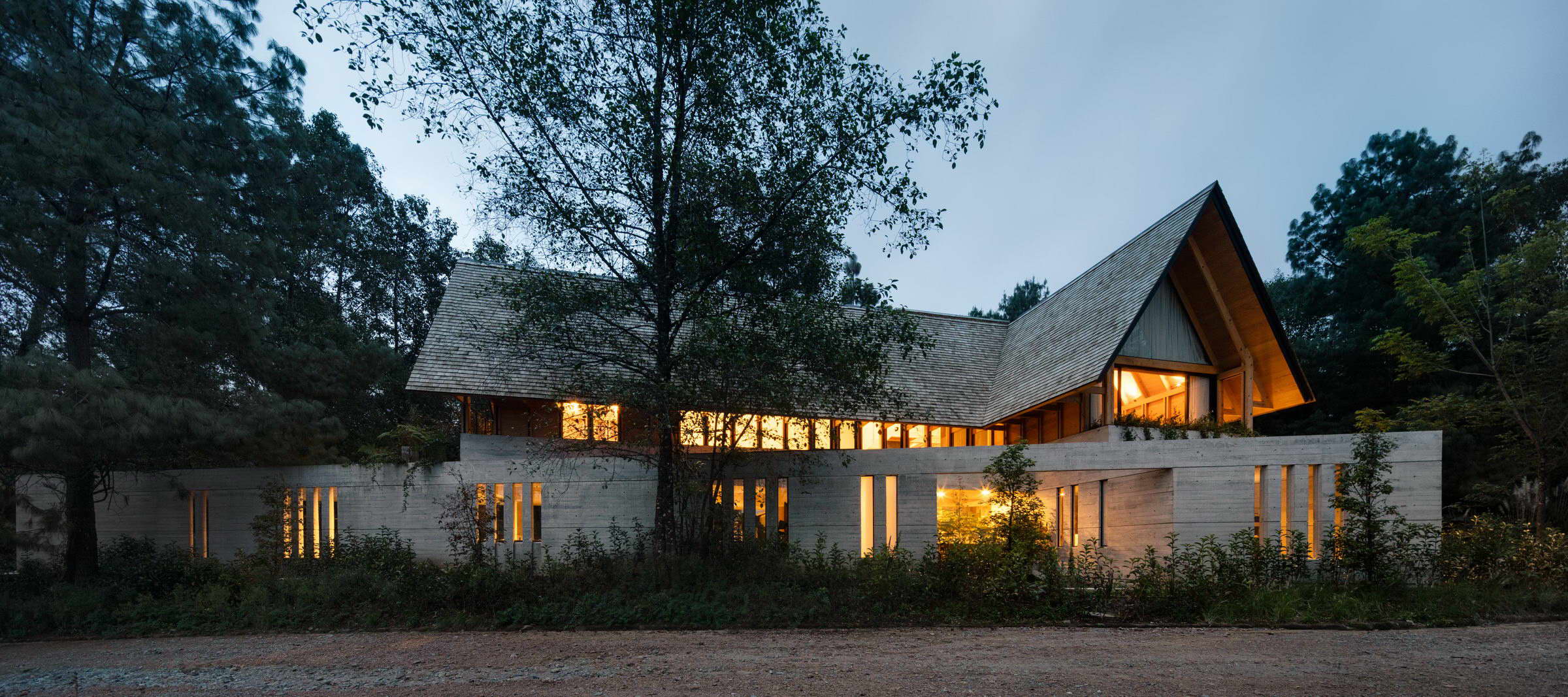

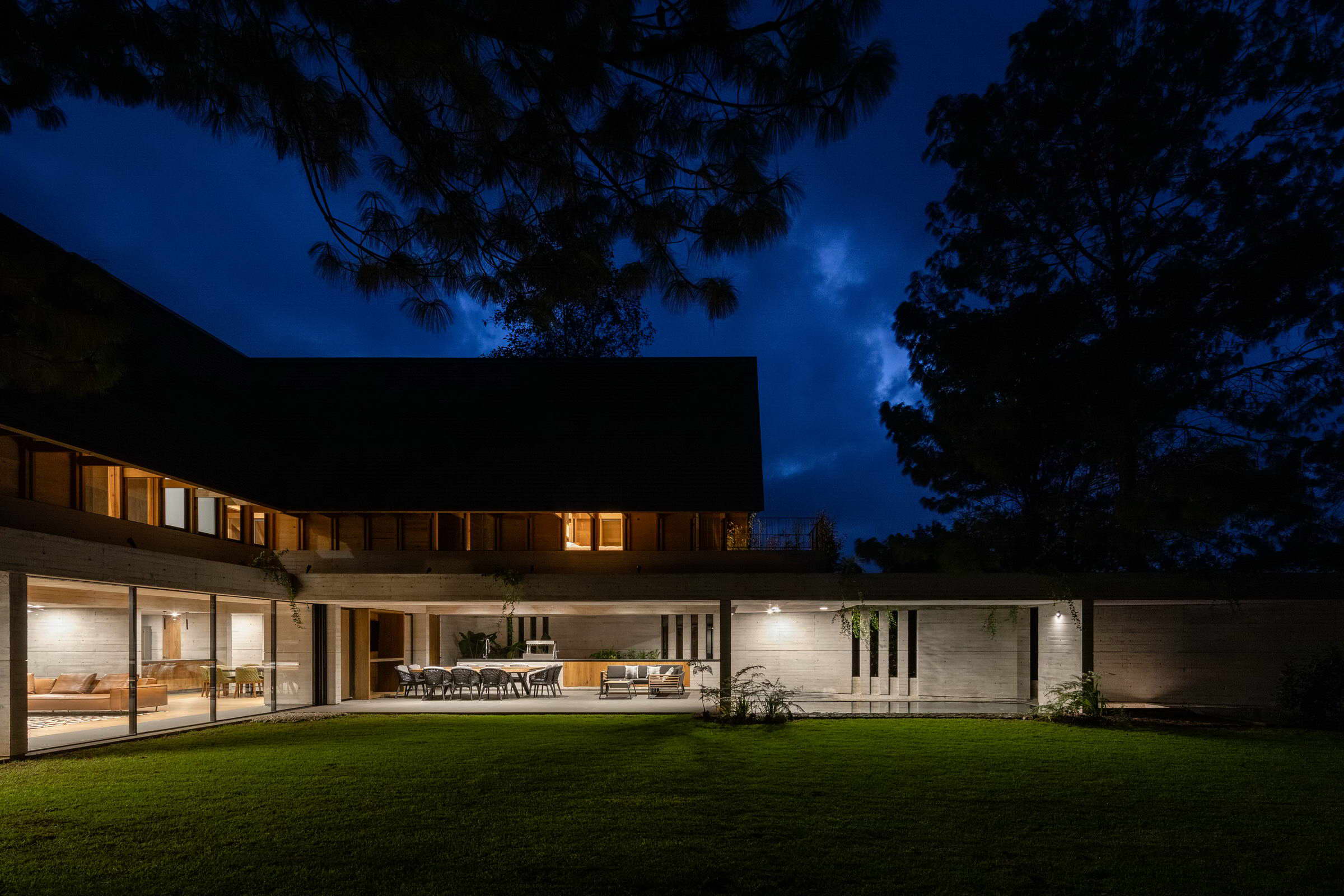
Project name Casa CRA
Design: Estudio MMX
Location: Avándaro, Estado de México, México
Area: 590 m2
Year: 2020
Photography: Rafael Gamo